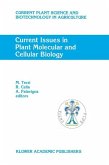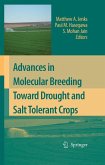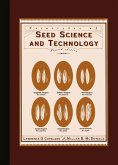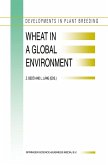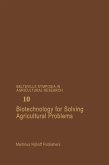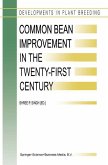The coconut palm occupies a significant place in the world economy as an important subsistence crop in all the areas in which it is grown. Relatively few countries are able to export any quantity of coconut products because of increasing home demands coupled with low productivity. Yields are generally well below potential despite recent developments with improved planting stock and agronomic practices. In the last 50 years, both these aspects have received considerable attention, but the focus is shifting to investigate how the use of recently developed biotechnological techniques- can benefit the coconut industry. This volume, the result of the International Symposium on Coconut Biotechnology (held in December 1997 in Merida, Yucatan, Mexico), describes recent research in three important areas. Standard plant breeding techniques used with coconut have produced improved planting material, but progress is inevitably very slow. Can more rapid genetic improvement be obtained using molecular techniques? The papers presented in this section suggest that such techniques will open up exciting new prospects, but only after basic information has been gathered on the genetic status of existing coconut stocks. Research using microsatellite techniques seems to provide a useful tool to help to classifying these stocks. However, only a combination of classical breeding methods with modem techniques will lead to the rapid improvement which is required to supply material for urgent replanting programs.
Dieser Download kann aus rechtlichen Gründen nur mit Rechnungsadresse in A, B, BG, CY, CZ, D, DK, EW, E, FIN, F, GR, HR, H, IRL, I, LT, L, LR, M, NL, PL, P, R, S, SLO, SK ausgeliefert werden.



